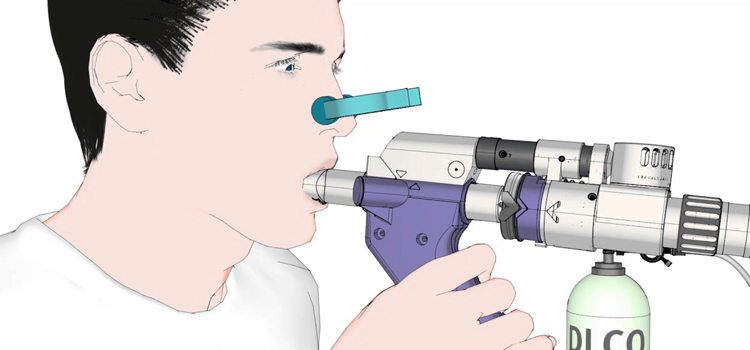
Spirometry and DLCO are both tests used to evaluate lung function.
Spirometry is a test that measures the amount and speed of air that a person can inhale and exhale. During the test, the person takes a deep breath and then blows out as hard and as fast as possible into a device called a spirometer. The spirometer measures several different values, including forced vital capacity (FVC), forced expiratory volume in one second (FEV1), and peak expiratory flow (PEF). These values can be used to diagnose and monitor lung conditions such as asthma, chronic obstructive pulmonary disease (COPD), and pulmonary fibrosis.
DLCO (diffusing capacity of the lung for carbon monoxide) is a test that measures the ability of the lungs to transfer gases from the air into the bloodstream. During the test, the person inhales a small amount of carbon monoxide gas, which is then exhaled. The amount of carbon monoxide that is transferred from the air into the bloodstream is measured, and this value is used to determine how well the lungs are functioning. This test can help diagnose and monitor lung conditions such as emphysema, pulmonary hypertension, and interstitial lung disease.
Both spirometry and DLCO are commonly used in pulmonary function testing, and they can provide important information about a person's lung function and health.
Spirometry and DLCO tests are done to evaluate lung function and diagnose and monitor various lung conditions. Some of the reasons these tests may be done include:
Overall, spirometry and DLCO tests are important tools for evaluating lung function and diagnosing and monitoring lung conditions.